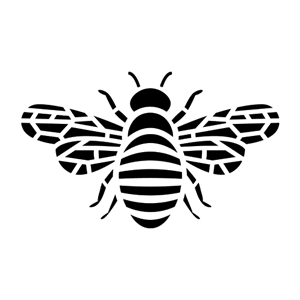11 December: Italo Calvino began writing “The Baron in the Trees” around this time in 1956
What’s a parenthesis? A means of catching one’s breath from the world or from an overly-long sentence, depending on how you look at it. Quite permissible, as long as it’s a visible suspension: let’s say a break from work or a longed-for weekend. A parenthesis is perfect when it comes to self-management and always knows when it’s time for the sentence to get back on track. During these very days, back in 1956, the Congress of the Italian Communist Party was opening in Rome and Italo Calvino decided not to take part… so he started writing “Il barone rampante” (“The Baron in the Trees”). In the novel, young Baron Cosimo Piovasco di Rondò decides to spend the rest of his life in the trees, far from the world, but not far enough to be estranged from it. And what happens when there is no closing bracket? “And she knew him and so herself, for although she had always known herself she had never been able to recognize it until now.” As he looks down on the world with a bird’s eye view, Cosimo finds love. As for us, we’ll never be able to find enough words to thank the author for having opened up his own personal parenthesis at that moment in time: in order to look down on the world during those December days, a pen and an inkpot were all he needed. Name Day: St Damasus I, Pope
